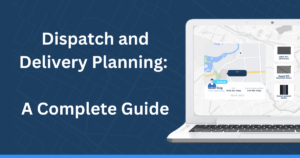Economic experts say Australian consumers have rapidly shifted from cash towards electronic payments, influenced by the cost of living pressure.
Research by Mandala Partners found that afterpay connected 3.5 million active Australian customers with 129,000 merchants, including thousands of small and medium businesses across Australia.
In 2023, customers saved $127 million in fees and interest compared to credit cards. “The 70% of transactions in 2007 that used cash… have plummeted to only 13% in 2022,” notes Mandala.
The use of cards, including mobile wallets, has soared. The Reserve Bank of Australia data shows that 51% of transactions now occur on debit and 26% on credit cards.
What is the reason? It’s been attributed to the increasing rise in innovative buy-now-pay-later (BNPL) alternatives.
Online retail eases inflation
There is a strong indication that online retail positively impacts inflation, helping Australian households amidst “significant cost pressures.”
Allegra Spender, who holds the Sydney eastern suburbs seat of Wentworth, says competition is a way of driving down the cost of living. “If you can drive competition, you definitely drive prices down.”
Leading online retail giant Amazon says Australia’s inflation crisis would have been worse without lower prices, which drive competition.
For the study published last month, Mandala Partners analyzed the prices of more than 60,000 products sold through online channels from 2019 to 2023. The data was compared against the Australian Bureau of Statistics’ Consumer Price Index (CPI).
The research found online retail helps ease cost pressures.
How it impacts the economy
The study found that the average Australian household saved almost $3,500 if they shop online.
Amazon says this is equivalent to receiving three months of free groceries each year since 2019.
Last year, online channels composed more than 10% of Australian retail sales. If this figure doubles to 20%, household savings would be around 1.8 times higher, rising to over $6,000 per household.
Without the extra push from online shopping and competitive price drive, annual inflation would have been 0.7 percentage points higher every year from 2021 to 2023, says Amazon.
About the author
Mia is a multi-award-winning journalist. She has more than 14 years of experience in mainstream media. She's covered many historic moments that happened in Africa and internationally. She has a strong focus on human interest stories, to bring her readers and viewers closer to the topics at hand.














